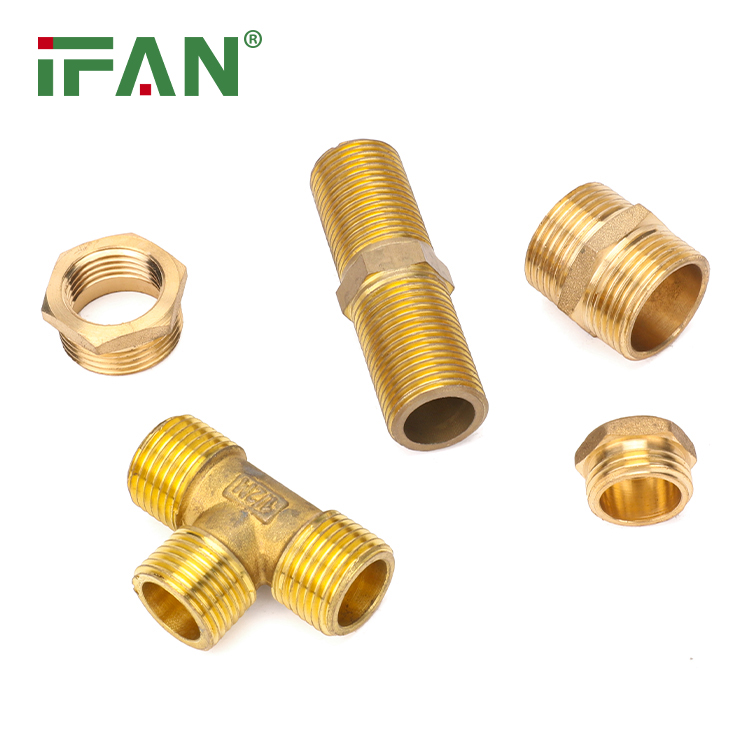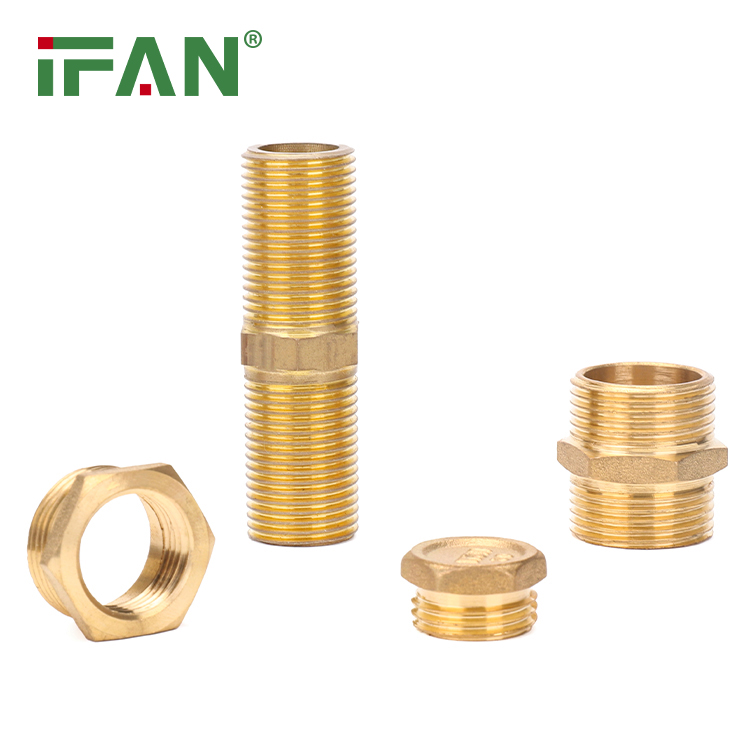Innovations in Brass Fitting Technology: Keeping Up with the Evolving Plumbing Industry
Introduction
The plumbing industry is consistently evolving, and there have been significant advancements in recent years. With the adoption of modern technology, the need for improved efficiency, productivity, and cost-effectiveness has led to the development of better and more reliable brass fittings. This article looks at the innovations in brass fitting technology, how they are helping the industry keep up with the evolving trends, and how they have revolutionized plumbing systems worldwide.
Why the need for innovation?
With the increasing demand for cost-effective, reliable, and easy-to-install plumbing systems, it is no surprise that brass fitting manufacturers are constantly researching new materials and designs to meet these demands. The need for innovation arises from the desire to make plumbing systems lighter, more durable, and cost-effective. New technologies have made it possible to manufacture brass fittings that are not only stronger but also more resistant to extreme weather conditions, corrosion, and wear and tear.

Innovations in Brass Fitting Technology
Innovations in brass fitting technology are numerous. Here are some of the latest innovations that are proving to be game-changers in the plumbing industry:
- Push-to-Connect Fittings: These are fittings that require no soldering, threading, or gluing. They simply push into place and create a watertight seal. The fittings are easy to install, save time and money, and are flexible enough to handle different pipe materials.
- SharkBite® ProLock™ Fittings: This innovation combines the simplicity of push-to-connect technology with the added benefits of a locking retainer that ensures the fitting is secure. The SharkBite ProLock fittings are ideal for a wide range of applications, including potable water, hydronic heating, and chilled water systems.
- Threadless Fittings: Threadless fittings are made using advanced engineering techniques that eliminate the need for threading. These fittings feature an O-ring that creates a reliable seal between the pipe and fitting. The absence of threading makes installation quicker, safer, and more dependable.
Benefits of Innovations in Brass Fitting Technology
There are several benefits of innovations in brass fitting technology, including:
- Efficiency: The new fittings are designed to provide a smooth flow of water, which helps improve the overall efficiency of the plumbing system. This, in turn, saves water, energy, and money.
- Ease of Installation: The innovations in brass fitting technology have made it possible for plumbers to install fittings with ease, which saves time and money.
- Durability: The new technologies used in manufacturing brass fittings have led to the production of stronger and more durable fittings that are resistant to wear and tear, corrosion, and extreme weather conditions.
Conclusion
The plumbing industry is constantly evolving, and innovations in brass fitting technology are making it possible to meet the demands of customers by providing reliable, cost-effective, and efficient plumbing systems. These brass fittings innovations are transforming the plumbing industry worldwide, and their benefits are significant. As the industry continues to evolve, we can expect to see even more advances in technology that will make plumbing systems more efficient, reliable, and cost-effective.






